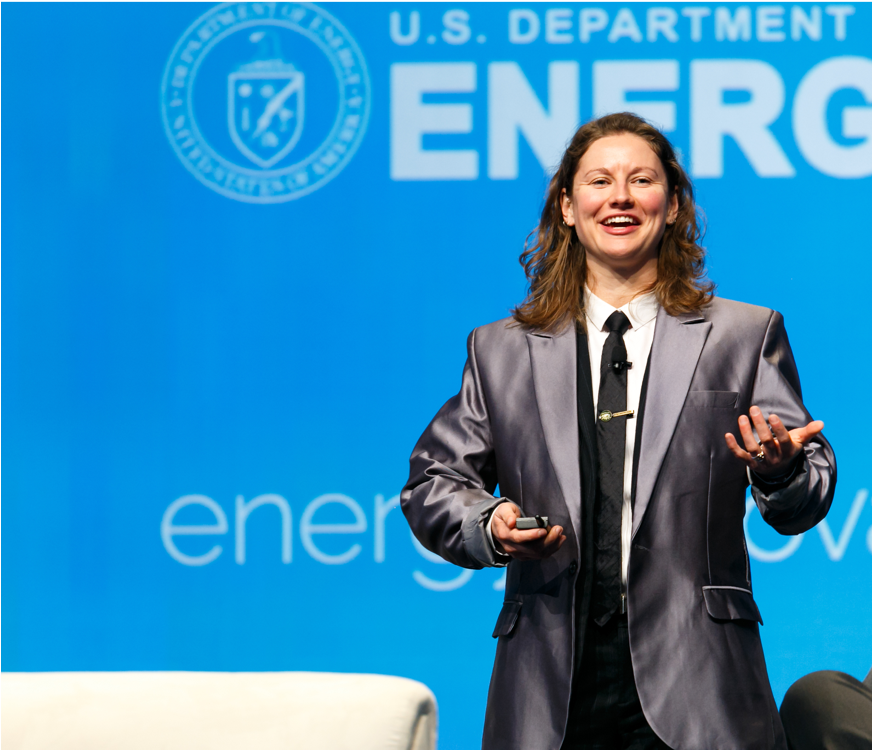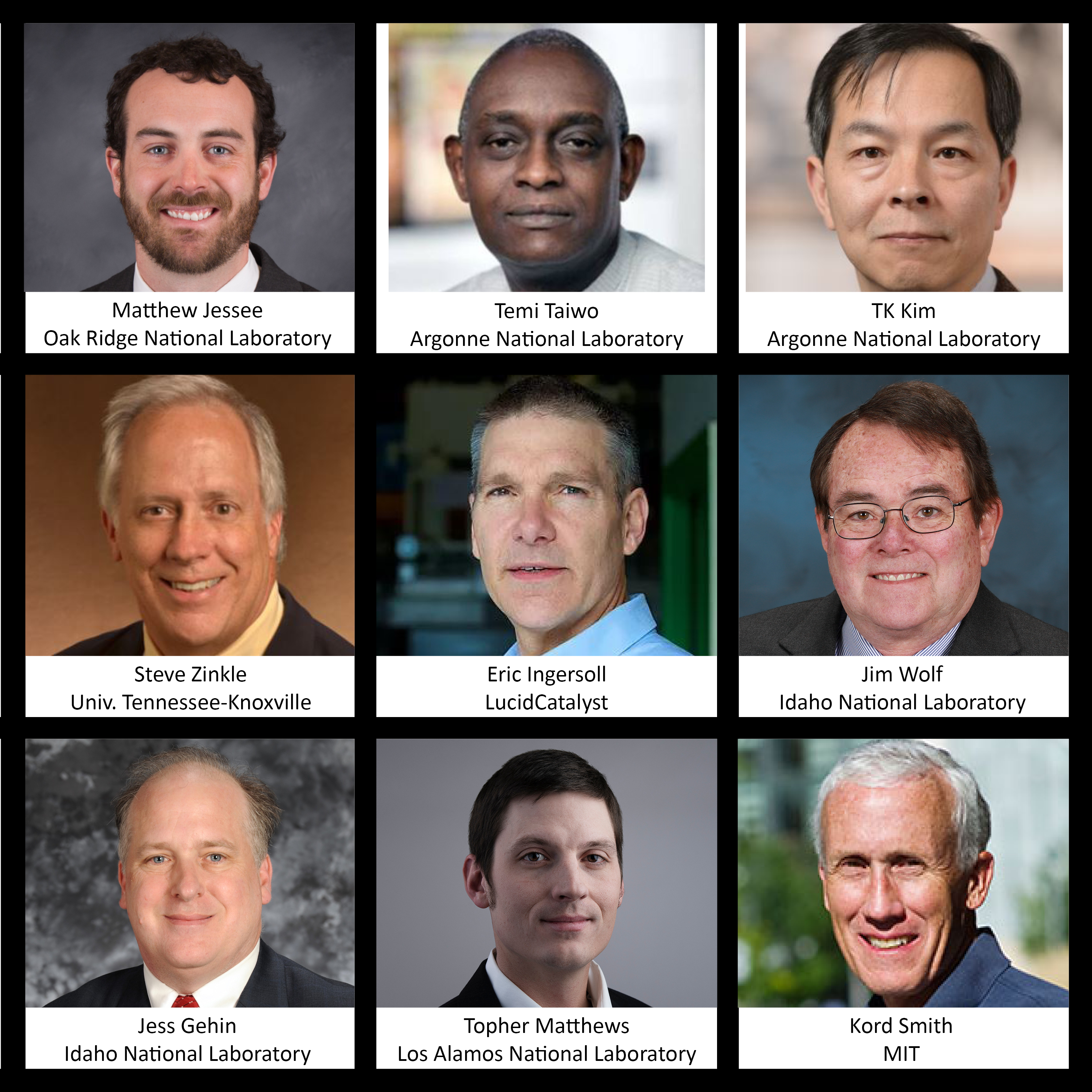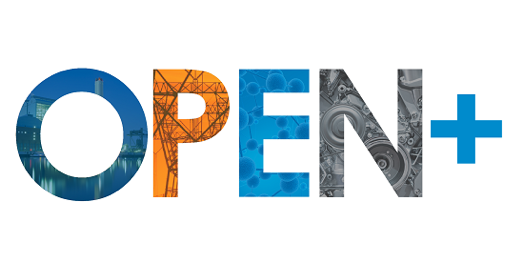
On April 4, the Bipartisan Policy Center (BPC), in partnership with the National Venture Capital Association, hosted the 2019 ARPA-E Innovation Showcase on the Hill. BPC invited six ARPA-E teams to display their respective technologies for congressional staff members, industry stakeholders, and Department of Energy leaders. Approximately 140 people attended the event in the Rayburn House Office Building to interact with ARPA-E teams, see first-hand the technologies they are developing, and network with other attendees. The Showcase is usually held in concert with ARPA‑E’s Energy Innovation…

Every year, convention centers around the world fill with eager attendees looking for a chance to experience firsthand the latest and greatest in the world of automobile innovation. Whether you’re a classic gearhead or technology enthusiast, the auto manufacturers’ annual showcase season is truly a sight to behold. ARPA-E supports early-stage energy technologies, concepts that are too early for private-sector investment and might not become commercial products for many years. ARPA-E doesn’t build cars, but transportation plays a significant role in the agency’s mission to redefine how…

Former Chairman and CEO of Lockheed Martin Norm Augustine hailed nuclear fusion as a potentially transformative energy technology during his remarks at the 2018 ARPA-E Energy Innovation Summit. He recalled scientists predicting commercial fusion power would be available in 30 years when he was a graduate student at Princeton in the late 1950s. When he asked a scientist at Fermi National Lab more recently when it would be available, he received the same answer. “The good news is we haven’t lost any ground,” Augustine quipped. In 2015, ARPA-E launched the ALPHA program (Accelerating Low-…

Dr. Rachel Slaybaugh currently serves as a Program Director at the Advanced Research Projects Agency-Energy (ARPA-E). Her focus at ARPA-E includes a wide range of technologies to enable advanced nuclear reactor systems. We sat down with her as she reflected on her experience attending the very first ARPA-E Energy Innovation Summit Student Program back in 2010. The Student Program at the ARPA-E Energy Innovation Summit is a unique opportunity for student energy leaders to engage with companies looking for new talent and learn about new energy initiatives. The graduate-level…

ARPA-E is actively recruiting Technology-to-Market Summer Scholars with a unique combination of technical and business skills to assist in defining commercialization pathways for high-impact technology development programs. This internship opportunity offers experience in advancing the transition of cutting-edge energy technologies to market applications in a fast-paced environment. With that in mind, we recently sat down with a former Technology-to-Market Summer Scholar, Dr. Dan Sanchez, to get his perspective on the experience and see what insight he has to offer our next crop of scholars…

In June 2018, ARPA-E announced the Modeling-Enhanced Innovations Trailblazing Nuclear Energy Reinvigoration (MEITNER) program. As part of ARPA-E’s first fission nuclear energy program, MEITNER projects are developing new technologies to support lower cost, more flexible advanced nuclear reactors. Advanced nuclear reactors are a category unto themselves. All nuclear power plants in the U.S. today use the same fundamental technology, called a light-water reactor. These employ fresh water as a coolant and moderator to maintain operating temperature and control the reactor’s energy production…

Dr. Scott Litzelman is a Program Director at ARPA-E. We recently sat down with him to discuss how he became interested in energy, his experience working in the industry, and how he’s hoping to transform America’s energy future. How did you first become interested in energy? I first became interested in energy in grad school. My doctoral thesis was on nanomaterials for fuel cells. Although my research was fundamental in nature, the motivation behind it was to find ways to make fuel cells cheaper, which could have a big energy impact. This was in the 2002-2008 timeframe; I knew…

On November 15, ARPA-E announced its newest family of projects as part of the OPEN 2018 program, providing $98 million in support for 40 early-stage energy technologies. In that announcement, we not-so-subtly hinted we were just getting started. Today, we are delighted to announce, for the first time ever, a selection of mini-programs we’re calling OPEN+. We call these mini-programs “cohorts,” and they are inspired by the high quality applications we received for our OPEN 2018 solicitation. This first cohort will provide $12 million for five projects to use new materials and methods to…

Welcome to OPEN 2018 This week, ARPA-E announced the fourth edition of its OPEN funding solicitation, OPEN 2018. Comprising $98 million for 40 projects across 9 different technology areas, OPEN 2018 is a showcase of some of the innovation community’s most exciting ideas in energy. This year’s OPEN is a little different, so let’s break down the facts and figures. How does OPEN work? Most of the time, ARPA-E supports projects through focused programs, which fund a variety of projects in the same technology area. Focused program examples include ARID for dry cooling of power…
